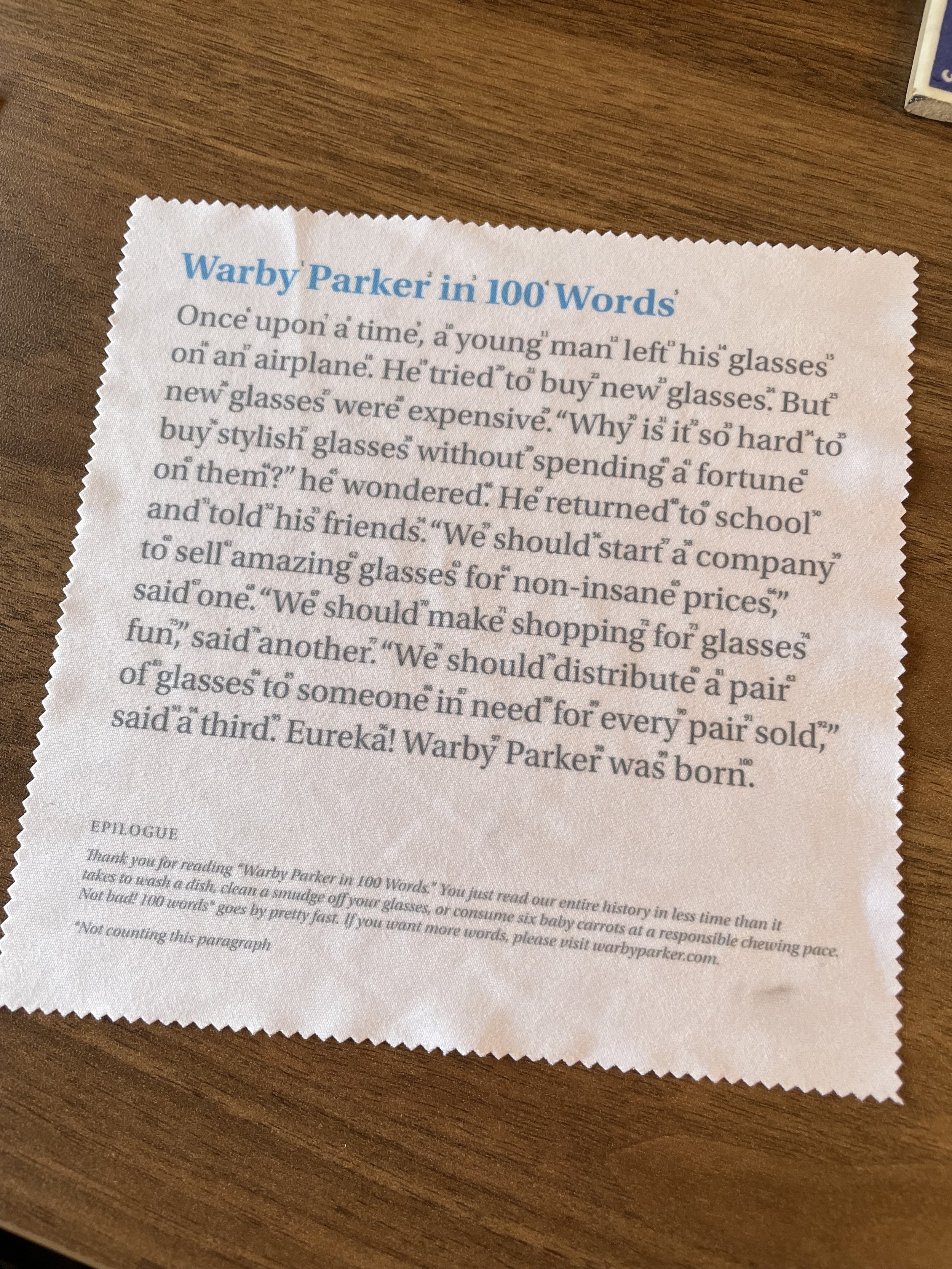4 Mistakes Leaders Make Telling Stories: Not Even Telling Them
I HAVE FOUR MORE MISTAKES TO SHARE WITH YOU, AND I PUT THESE INTO A FREE MINI-COURSE WITH MY FRIEND HARRIS III AT STORY. CLICK THE BUTTON BELOW TO GET THESE VIDEOS FOR FREE!
Long story short. Many leaders fail at telling compelling stories because they think their message equals their story.
The other day I was cooking pasta for dinner. After I dumped the penne into the boiling water, I caught sight of something on the packaging. On the back above the ingredients was a small blurb that said Our Story. And yet, much to my disappointment though not surprise, it was not a story. The blurb read pretty much like this:
This is a very old family recipe from way back in Italy. We’ve been making pasta like this for a hundred years. We use super fresh ingredients, locally sourced, and make everything by hand. That’s why people love our pasta—it tastes like family.
That’s a rough paraphrase, but you get it. Interesting? Yes. Meaningful? Yes. Story? No.
I don’t mean any disrespect to this delicious pasta company—bless their hearts. They aren’t doing anything wrong! They just aren’t doing what they think they are doing.
Companies do this all the time. Go to most any organizational website and look for an “Our Story” link. If they even have one at all, it more than likely will articulate one of these things:
mission
values
process
vision
These can all be part of telling stories, but they do not equate to storytelling. They are much closer to strategic messaging.
Storytelling and messaging get confused a lot in organizations. Both are important, and both are distinct from one another. When thinking about an organization’s message, I’d be focusing on the one, two, or three things I want people to never forget about the organization. The message is the takeaway. What do I need you to know about the organization?
“Storytelling and messaging get confused a lot in organizations.”
When thinking about an organization’s story, I’m focusing on the evidence for the message. For instance, as I write this, I’m sitting at Philz Coffee in Campbell, California. If Philz is going to tell me “their story” of being a people business and not a coffee business, then I am going to be saying to them, “Your story needs to show me that this is true.” Resist the temptation to list the great things you believe or the values that make you unique in the coffee industry. Tell me a story of what happens in your coffee shops. Show me an example of putting the people before the coffee. Help me visualize what this looks like and how it feels. My own belief will follow.
Here’s an example of an excellent corporate story. Warby Parker, the glasses company, puts their origin story on the lens cleaner they include in every glasses case. And here it is—
Fantastic right? We learn in 100 words where the idea for Warby Parker came from, what their values and mission are, and all in a way that we will remember. The humor helps too!
To sum up—communicating your strategic message effectively is vital. Your audience (clients, customers, congregants, constituents, etc.) need to know your mission. They need to know your values, your process, and your vision. All these are important! And at the same time, they are not “your story,” and this too needs to be communicated. Knowing the difference is crucial to doing each well.
